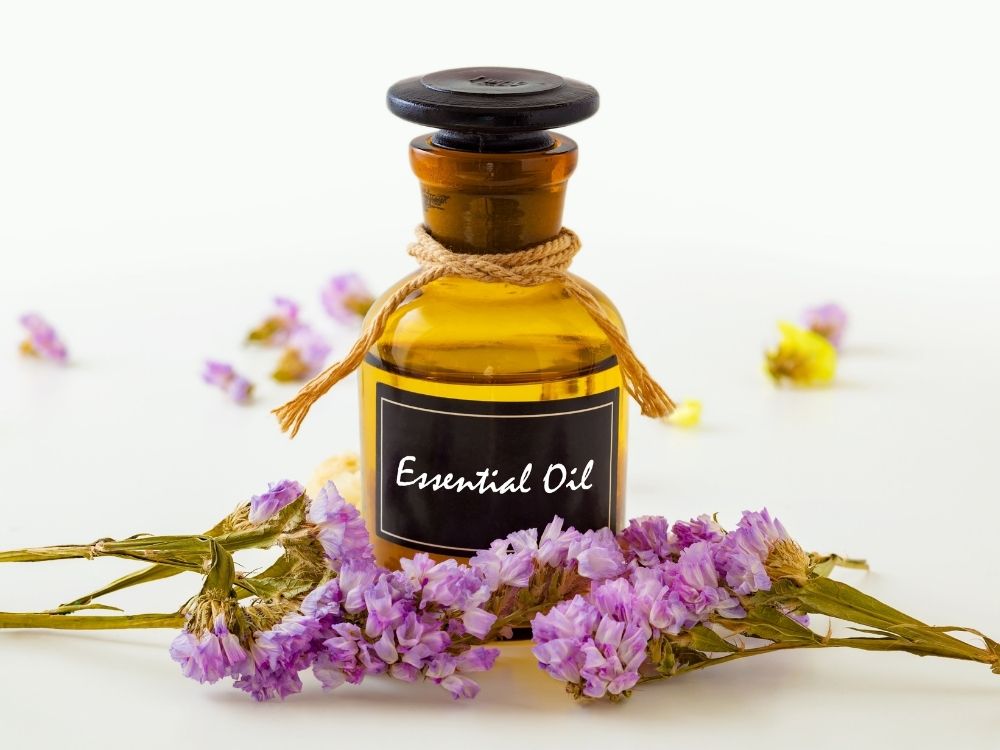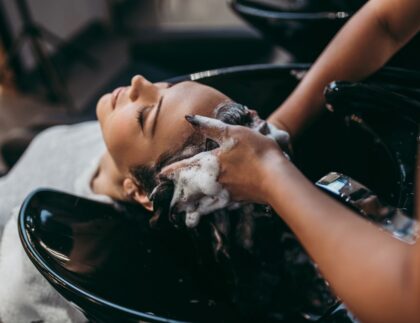
Don’t Use the Whole Plant
You can use almost any plant to make essential oils. But that doesn’t mean that you should toss an entire plant into the mix. Every plant stores and produces its oils in different parts. For some, like bay leaf, violet, or cinnamon, the oils are stored in the leaf. For others, it’s in the pedals, such as rose, jasmine, or chamomile. Do your research before you use your plant. Isolate the part of the plant that will give you the essential oils and discard the rest.
Consider Extraction Options
Extracting essential oil from a plant isn’t the same as squeezing lemon juice from a lemon. It requires specific processes that will differ depending on the plant you are using. Which extraction method you use is an important point of consideration for making your own essential oils. The main extraction methods are steam extraction, cold pressing (also known as extraction), and solvent extraction. Steam extraction is used for hardier plants, cold pressing is used for fruit, and solvent extraction is used for more difficult to extract plants like vanilla.
Note on Solvent Extraction
There are multiple types of solvents that you can use for this type of extraction. Butane, propane, or hexane are cheaper, but they are also highly flammable. That’s one of the reasons why people use ethanol extraction—because it is far less flammable while still being efficient and effective.
Keep Storage in Mind
Too much air exposure isn’t good for essential oils. Because of that, oils are best stored in smaller containers rather than stored in bulk in large containers. These containers should be made of dark-tinted glass. UV rays degrade the effectiveness of oils, so a dark-glass container will help protect them. Along with that, some essential oils can potentially break down plastic walls, so storing them in glass containers is the best bet.









